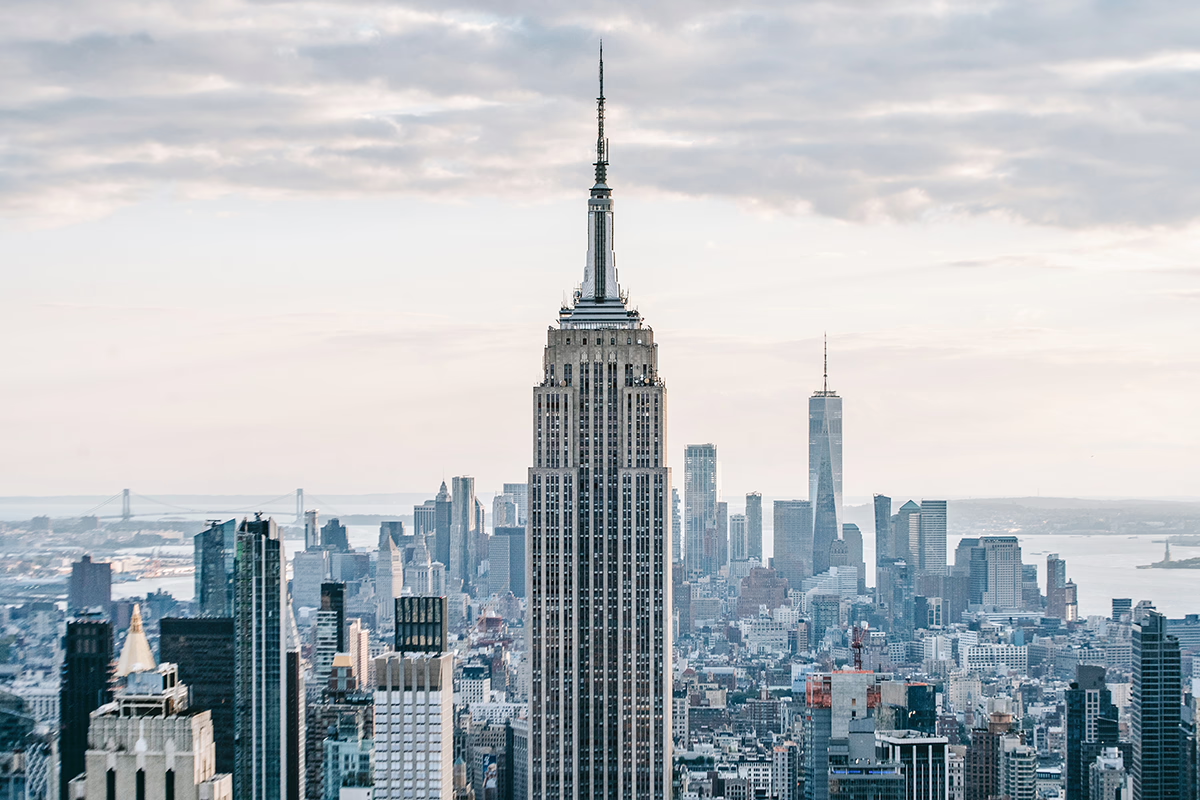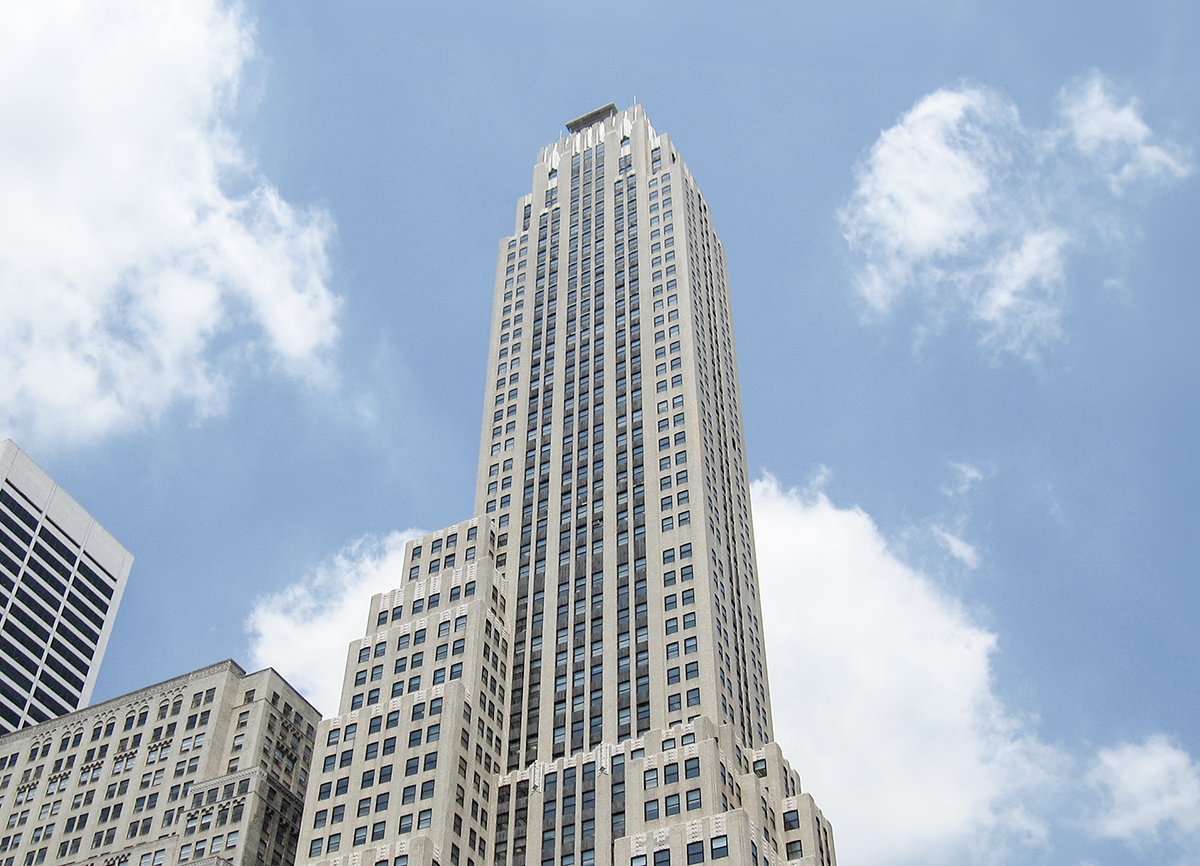Empire State Building vs 500 Fifth Avenue Building


Comparing the Empire State Building and the 500 Fifth Avenue Building is especially interesting because they share much in common. Both rise in New York, NY both were designed by Shreve, Lamb & Harmon, and they were completed in the same year.
This overlap gives us a unique opportunity to understand how Shreve, Lamb & Harmon approached different commissions in the same urban context and historical context during a short period.
Height & Size
The Empire State Building is clearly the larger tower of the two, both in terms of height and number of floors. It rises to 1250ft (381m) with 102 floors above ground, while the 500 Fifth Avenue Building reaches 696ft (212m) with 60 floors above ground.
Empire State Building also offers more total built-up area, a total fo 2,738,175 sqf (254,385m2), which is about 2,079,058 sqf (193,151m2) more than what the 500 Fifth Avenue Building offers.
Of course, each project may have faced different briefs or regulatory constraints, which we don't really know about and could also explain the outcome.
Architectural Style
Both the Empire State Building and the 500 Fifth Avenue Building were designed in line with the aesthetic conventions of the Art Deco style.
At the time, this style was at the height of its popularity. So Shreve, Lamb & Harmon followed what was in many ways expected at the time, producing designs that fit comfortably within contemporary architectural norms rather, than breaking with convention.
Uses
Both the Empire State Building and the 500 Fifth Avenue Building were designed to serve as commercial towers, and that has remained their main use since their completion, serving similar roles in the urban fabric.
Structure & Facade
Both the Empire State Building and the 500 Fifth Avenue Building rely on a Frame structural system.
A frame structure uses a grid of columns and beams to carry the building's loads. This frees the walls from structural duties, allowing for flexible floor plans and larger windows.
They also employ the same type of facade, a Masonry facade.
A masonry facade gives the building a heavier, more traditional appearance. It often conceals a frame structure behind it, creating the look of solid walls without carrying the main loads.
| Empire State Building | 500 Fifth Avenue Building | |
|---|---|---|
| Shreve, Lamb & Harmon | Architect | Shreve, Lamb & Harmon |
| 1929 | Design Ended | 1929 |
| 1930 | Construction Started | 1930 |
| 1931 | Year Completed | 1931 |
| Art Deco | Architectural Style | Art Deco |
| Commercial | Current Use | Commercial |
| 102 | Floors Above Ground | 60 |
| 381 m | Height (m) | 212 m |
| 443 | Tip Height | 212 |
| 254385 | Built-up Area (m²) | 61234 |
| 208,879 m² | Usable Area (m²) | 55,742 m² |
| Frame | Structure Type | Frame |
| Steel | Vertical Structure Material | Steel |
| Concrete | Horizontal Structure Material | Concrete |
| No | Facade Structural? | No |
| Limestone | Main Facade Material | Terracotta |
| Starrett Brothers And Eken | Main Contractor | Charles T. Wills Inc. |
| Empire State Inc, John J. Raskov And Al Smith | Developer | Walter J. Salmon Sr |
| Homer Gage Balcom | Structural Engineer | McClintic Marshall Co. |
| Leif Neandross, Roy Sparkia And Renée Nemorov | Collaborating Artist | Edward Amateis |
| NY | State | NY |
| New York | City | New York |
| 350 Fifth Avenue | Address | Fifth Avenue And 42nd Street |